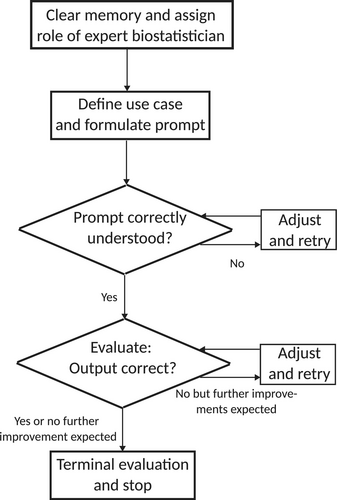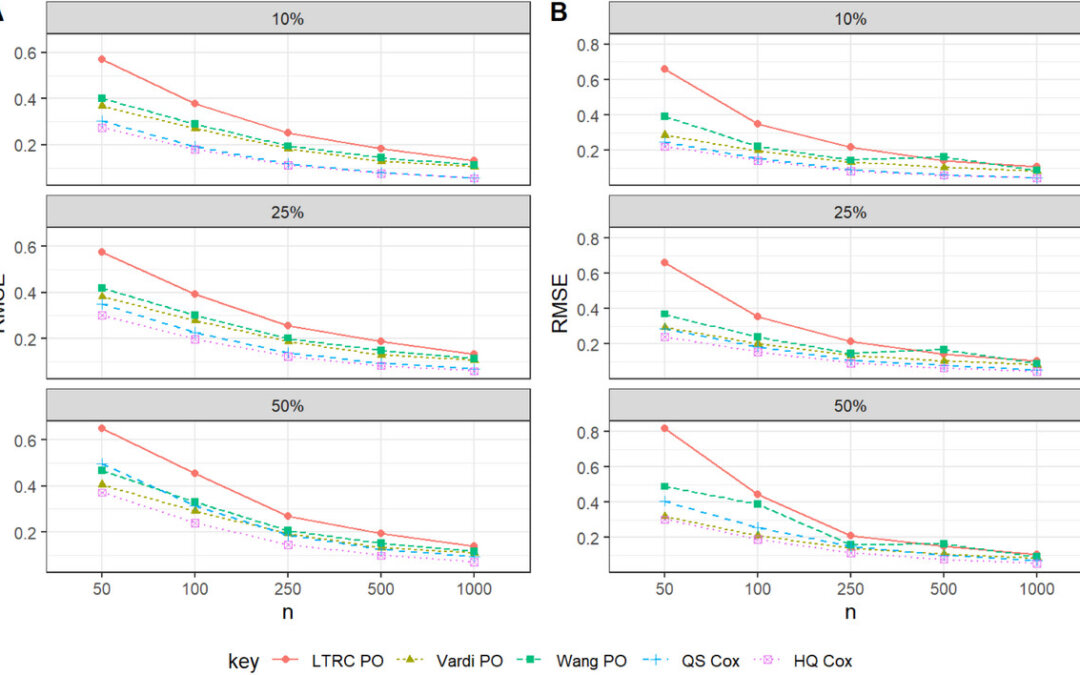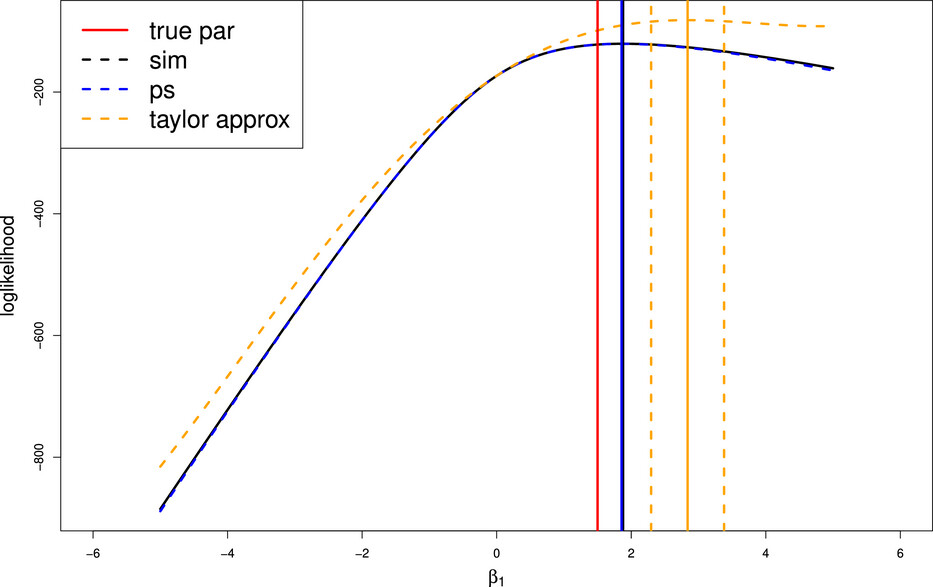
by Usha Govindarajulu | Dec 18, 2025 | Biostatistics, Blog, Usha Govindarajulu
December 17, 2025 A previously published paper, ChatGPT as a Tool for Biostatisticians: A Tutorial on Applications, Opportunities, and Limitations by Dobler et al. that also appeared in Statistics in Medicine, which according to Zhu provides a timely and insightful...

by Usha Govindarajulu | Dec 4, 2025 | Biostatistics, Blog, Usha Govindarajulu
December 3, 2025 In this short article, Per Kragh Andersen has given a rebuttal to the article by Beyersmann et al (2025) which was about hazards constituting key quantities for time-to-event data. Despite arguments by other statisticians, Beyersmann et al. (2025)...

by Usha Govindarajulu | Nov 19, 2025 | Biostatistics, Blog, Usha Govindarajulu
November 19, 2025 In longitudinal data with irregularly timed visits, semi-parametric joint models have been proposed to account for the dependence between times and the Sun model (Sun et al, 2011) has been the most suitable for count data. The authors have extended...

by Usha Govindarajulu | Nov 6, 2025 | Biostatistics, Blog, Usha Govindarajulu
November 6, 2025 For these authors, the goal of this paper was to apply pseudo-observations to estimate the regression coefficients in the Cox proportional hazards model under length-biased right-censored (LBRC) data. On some occasions as they found, observations may...

by Usha Govindarajulu | Oct 23, 2025 | Biostatistics, Blog, Usha Govindarajulu
October 22, 2025 The authors studied the approximate maximum likelihood estimation (AMLE), which has been proved to be an effective method to correct both measurement error and misclassification simultaneously in a logistic regression model, to correct biases caused...

by Usha Govindarajulu | Oct 8, 2025 | Biostatistics, Blog, Usha Govindarajulu
October 8, 2025 Mixed effects logistic regression models require individual level data. Sometimes data needs to be on the population level and it can be aggregated into counts, for example, but this could also lead to loss of other information. Federated learning...






